XFS timestamp tweak extends Unix time for a few centuries.


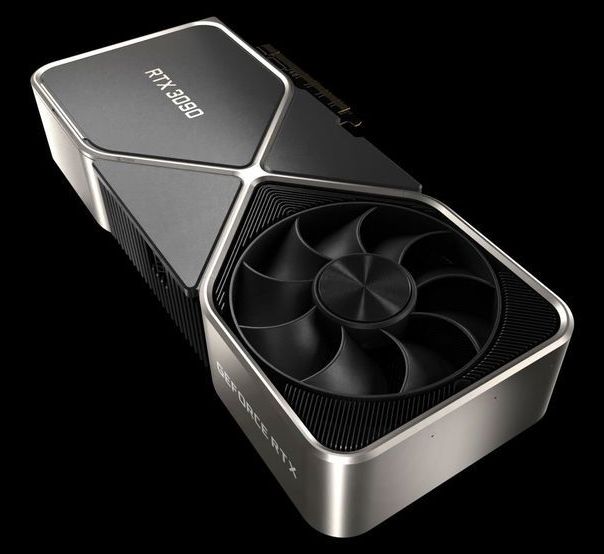
Interesting…
The new Nvidia GeForce RTX 3090 is a gaming powerhouse, but that’s not all it can do. According to the makers of a popular password recovery application, the RTX 3090 is also good at brute-forcing passwords. That’s great if you forget an important password, but that’s probably not why people are using such tools. The latest Nvidia cards could make cracking someone else’s files almost trivially easy.
The RTX 3090 is Nvidia’s latest top-of-the-line GPU with a GA102 graphics processor sporting 10,496 cores and 24GB of GDDR6X memory. It is monstrously, obscenely powerful by today’s gaming standards, and comes with a correspondingly high price of $1,500, give or take a few hundred depending on supply. With a focus on high core counts, GPUs are also great for parallel computing. That’s why you couldn’t even buy a GPU for several months when Bitcoin was at its peak. In the same vein, GPUs are very good at cracking passwords.
Passcovery recently updated to add support for RTX cards like the 3090, and it vastly increased the speed of brute force attacks. In the past, it wasn’t practical to guess every possible password until you hit on the right one — computers just weren’t fast enough. However, a GPU can do that quickly enough to find passwords in certain instances. With v20.09 of the Passcovery suite, a relatively modest GTX 1060 can go from 3.4 million guesses per second to 669 million per second. This version of the software added support for RTX 3000-series cards, which might be a problem for your weak passwords. The RTX 3090 is almost seven times faster in GPU compute benchmarks than the 1060 — that’s a lot of guesses per second.
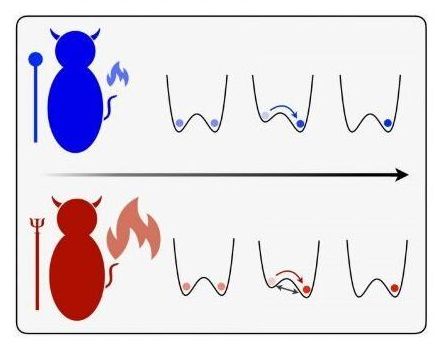
Researchers from Trinity have discovered a uniquely quantum effect in erasing information that may have significant implications for the design of quantum computing chips. Their surprising discovery brings back to life the paradoxical “Maxwell’s demon,” which has tormented physicists for over 150 years.
The thermodynamics of computation was brought to the fore in 1961 when Rolf Landauer, then at IBM, discovered a relationship between the dissipation of heat and logically irreversible operations. Landauer is known for the mantra “Information is Physical,” which reminds us that information is not abstract and is encoded on physical hardware.
The “bit” is the currency of information (it can be either zero or one) and Landauer discovered that when a bit is erased there is a minimum amount of heat released. This is known as Landauer’s bound and is the definitive link between information theory and thermodynamics.

Negotiations are a central part of many human interactions, ranging from business discussions and legal proceedings to conversations with vendors at local markets. Researchers specialized in economics, psychology, and more recently, computer science have conducted several studies aimed at better understanding how humans negotiate with one another in the hope of shedding light on some of the dynamics of human decision-making and enabling the development of machines that can replicate these dynamics.
A research team at the University of Southern California has been exploring the possibility of building automated systems that can negotiate with humans. In a paper pre-published on arXiv and set to be presented at the IJCAI conference, they presented a virtual agent based on a framework called IAGO (Interactive Arbitration Guide Online), which can negotiate with humans in a three-round negotiation task. This virtual agent, called Pilot, is one of the finalists of the IJCAI conference’s global negotiation challenge (ANAC).
“Recently, researchers realized the potential applications of building automated systems that can negotiate with humans,” Kushal Chawla, one of the researchers who carried out the study, told TechXplore. “These intelligent assistants can be really useful to augment current techniques for training people to have stronger social skills. Examples include teaching business students to negotiate for successful deals or lawyers to accurately assess settlement rates in legal proceedings.”
PLEASE sign our petition in support of the Neuro-Specific Human Rights Bill here: http://chng.it/pkCvhRMS
Watch our latest video describing the bill here: https://www.youtube.com/watch?v=gFLBrd3vuIw
Our website: http://www.globalneuroethics.com
Our GoFundMe campaign: https://www.gofundme.com/f/global-neuroethics-neurorights-bill-proposal
Please help us enact the Neuro-Specific Human Rights Bill into legislation by sharing the links above on all social media platforms!
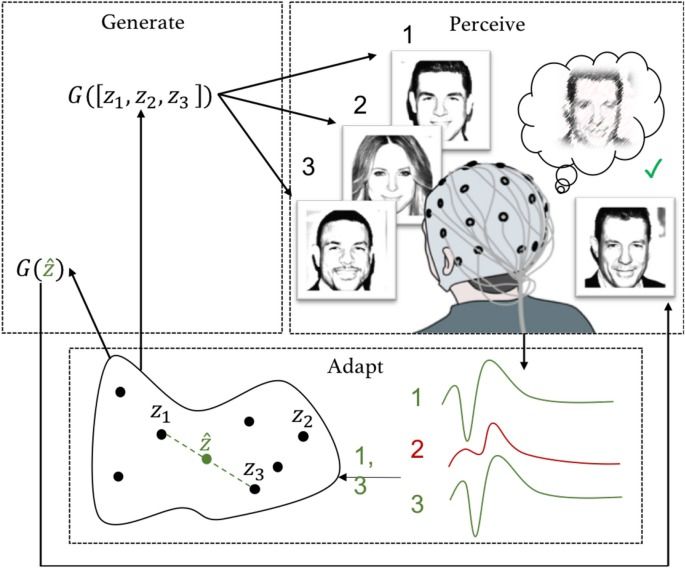
Brain–computer interfaces enable active communication and execution of a pre-defined set of commands, such as typing a letter or moving a cursor. However, they have thus far not been able to infer more complex intentions or adapt more complex output based on brain signals. Here, we present neuroadaptive generative modelling, which uses a participant’s brain signals as feedback to adapt a boundless generative model and generate new information matching the participant’s intentions. We report an experiment validating the paradigm in generating images of human faces. In the experiment, participants were asked to specifically focus on perceptual categories, such as old or young people, while being presented with computer-generated, photorealistic faces with varying visual features. Their EEG signals associated with the images were then used as a feedback signal to update a model of the user’s intentions, from which new images were generated using a generative adversarial network. A double-blind follow-up with the participant evaluating the output shows that neuroadaptive modelling can be utilised to produce images matching the perceptual category features. The approach demonstrates brain-based creative augmentation between computers and humans for producing new information matching the human operator’s perceptual categories.

Learn how you can benefit from quantum computing and solve currently unsolvable questions. Here are some resources available to start your journey.
I t’s an exciting time to be in q uantu m information science. I nv estments are growing across the globe, like the recent ly announced U.S. Quantum Information Science Research Centers, that bring together the best of the public and private sectors to solve the scientific challenges on the path to a commercial-scale quantum computer. While there’ s increased research investment worldwide, there are not yet enough skilled developers, engineers, and researchers to take advantage of this emerging quantum revolution.
Here’s where you come in. There ’s no better time to start learning about how you can benefit from quantum computing, a nd solve currently unsolvable questions in the future. Here are some of the resour ces available to start your journey.
Learn quantum programming skills at your own pace
Many developers, researchers, and engineers are intrigued by the idea of q uantum computing, but may not have started because perhaps they don’t know how to begin, how to apply it, or how to use it in their current applications. We’ve been listening to the growing global community and worked to make the path forward easier. Take advantage of these free self-paced resources to learn the skills you need to get started with quantum.

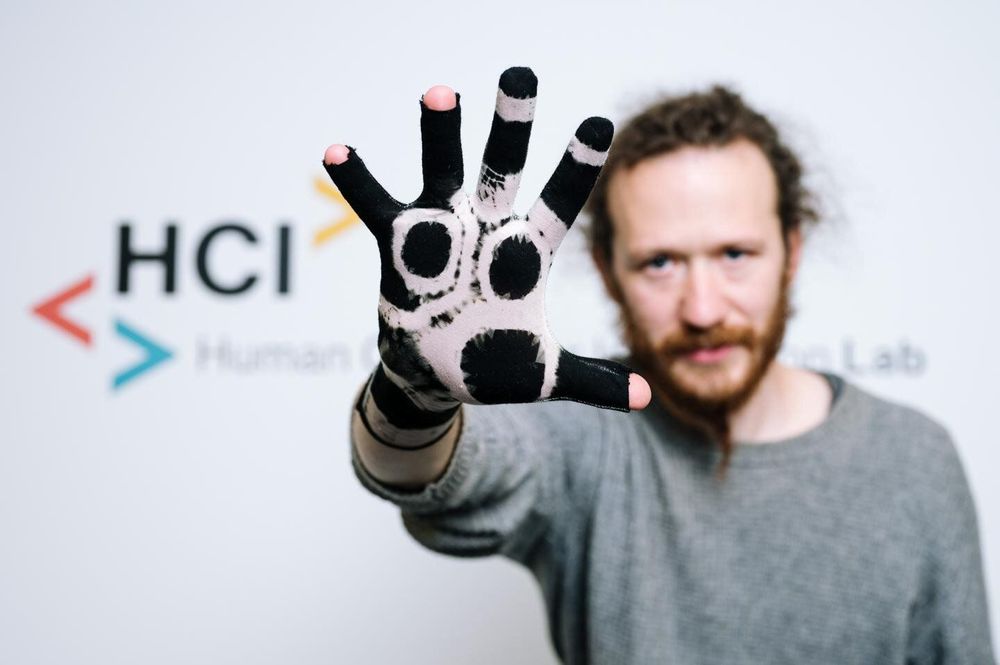
“Our goal was to integrate interactive functionalities directly into the fibers of textiles instead of just attaching electronic components to them,” says Jürgen Steimle, computer science professor at Saarland University. In his research group on human-computer interaction at Saarland Informatics Campus, he and his colleagues are investigating how computers and their operation can be integrated as seamlessly as possible into the physical world. This includes the use of electro-interactive materials.
Previous approaches to the production of these textiles are complicated and influence the haptics of the material. The new method makes it possible to convert textiles and garments into e-textiles, without affecting their original properties—they remain thin, stretchable and supple. This creates new options for quick and versatile experimentation with new forms of e-textiles and their integration into IT devices.
“Especially for devices worn on the body, it is important that they restrict movement as little as possible and at the same time can process high-resolution input signals”, explains Paul Strohmeier, one of the initiators of the project and a scientist in Steimle’s research group. To achieve this, the Saarbrücken researchers are using the in-situ polymerization process. Here, the electrical properties are “dyed” into the fabric: a textile is subjected to a chemical reaction in a water bath, known as polymerization, which makes it electrically conductive and sensitive to pressure and stretching, giving it so-called piezoresistive properties. By “dyeing” only certain areas of a textile or polymerizing individual threads, the computer scientists can produce customized e-textiles.
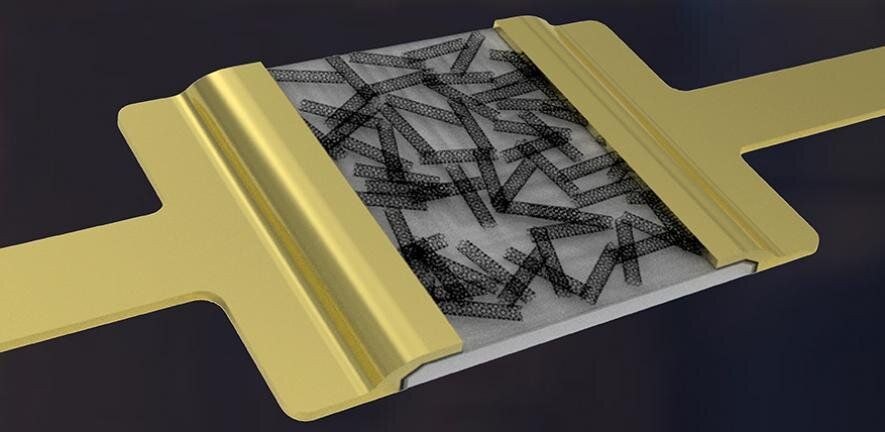
Researchers have developed a new approach to printed electronics which allows ultra-low power electronic devices that could recharge from ambient light or radiofrequency noise. The approach paves the way for low-cost printed electronics that could be seamlessly embedded in everyday objects and environments.
Electronics that consume tiny amounts of power are key for the development of the Internet of Things, in which everyday objects are connected to the internet. Many emerging technologies, from wearables to healthcare devices to smart homes and smart cities, need cost-effective transistors and electronic circuits that can function with minimal energy use.
Printed electronics are a simple and inexpensive way to manufacture electronics that could pave the way for low-cost electronic devices on unconventional substrates—such as clothes, plastic wrap or paper—and provide everyday objects with ‘intelligence’.